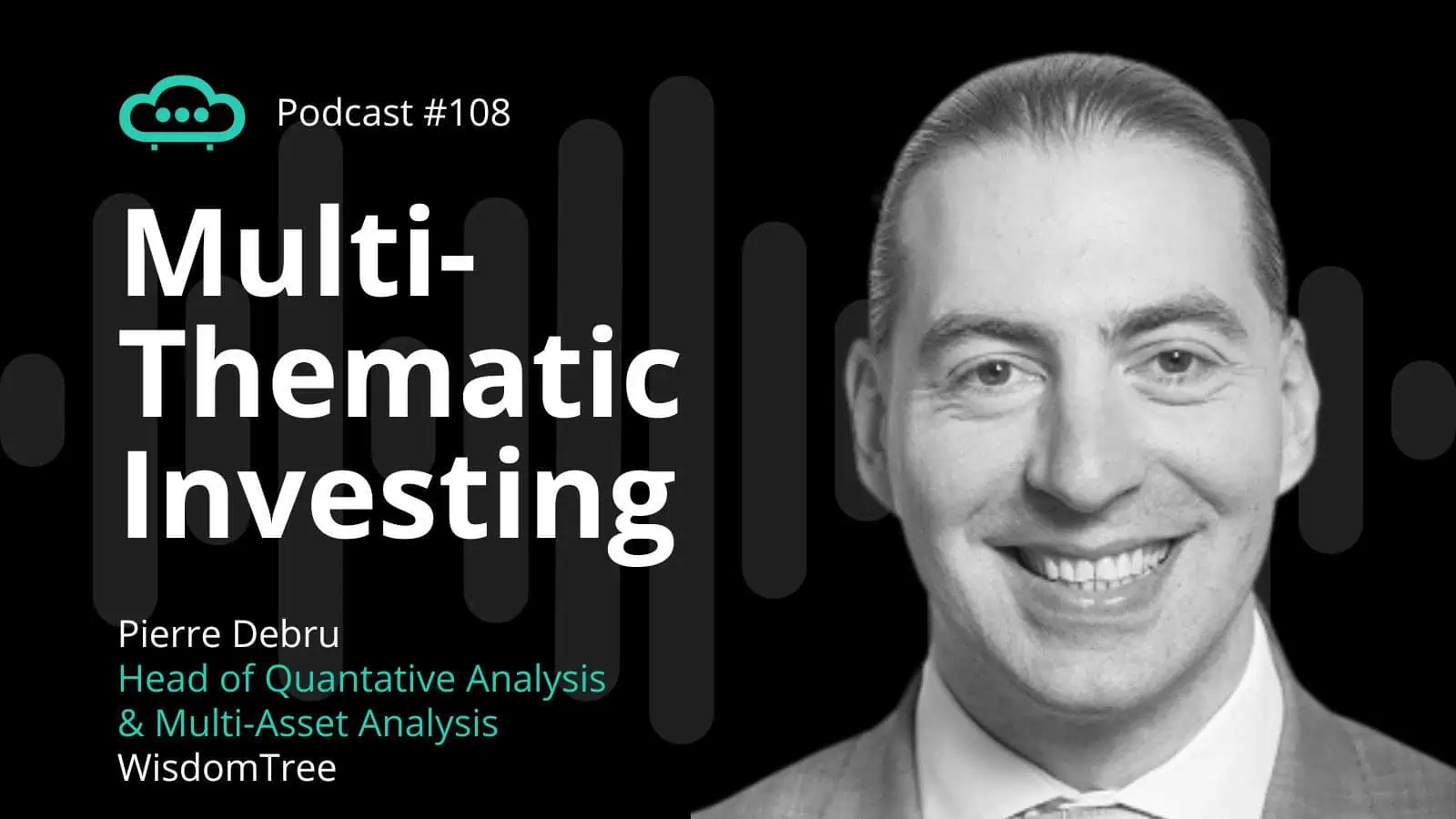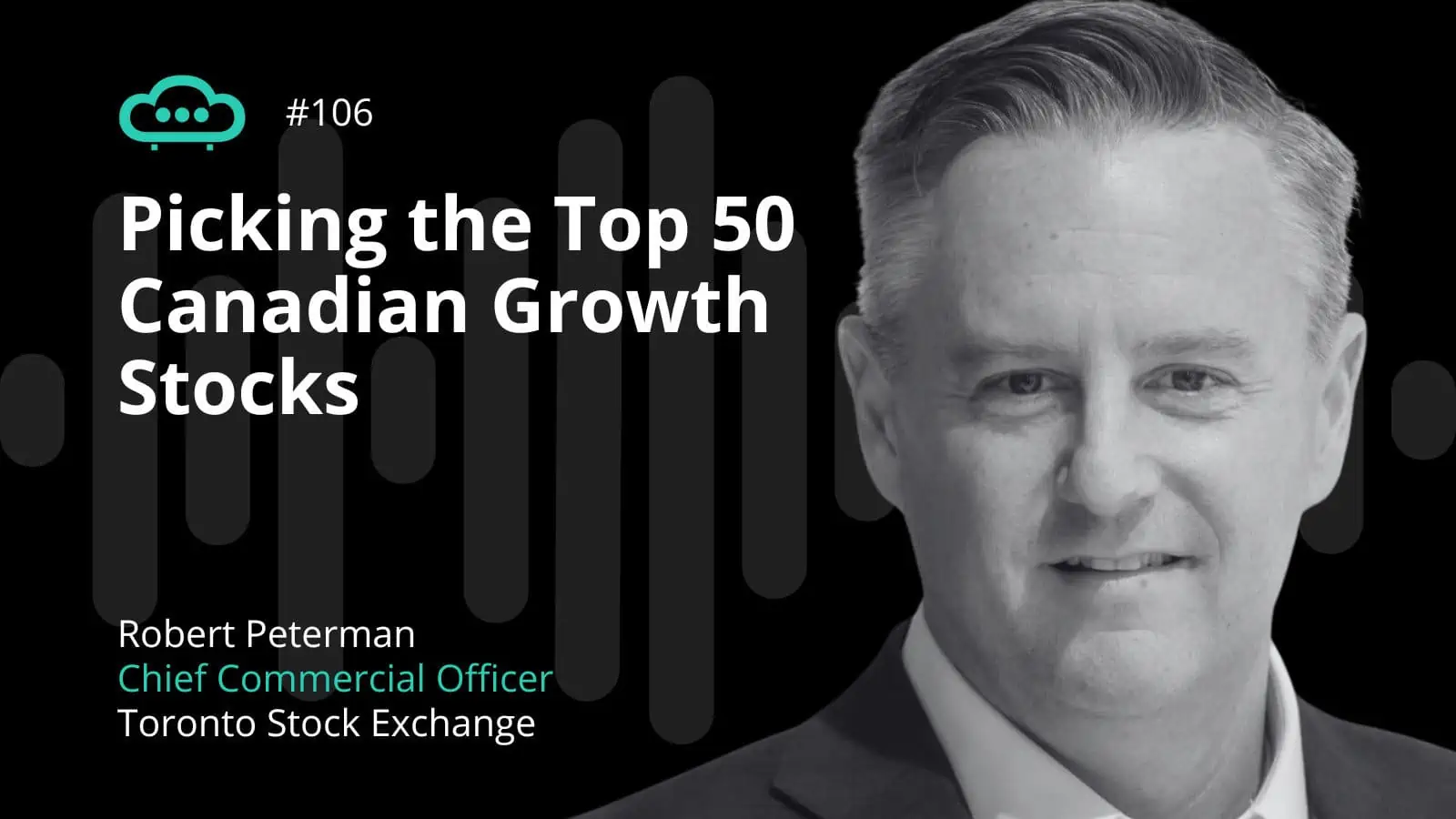In this short article, I’ll discuss the basics for building or enhancing your portfolio with Exchange Traded Funds (ETFs).
#1 Simplicity
This is a straightforward reason for using ETFs, but it’s still very important.
You can build a fairly diversified equity portfolio with, for example, something between 20 and 30 individual stocks or you can buy just one ETF. Even when using more than one ETF, it would still be simpler to handle the portfolio rebalancing, dividends and splits, and possibly your tax declaration as well.
#2 Diversification
Let’s review a sample diversified portfolio:
Upbias’ US Balanced Portfolio (*)
| Ticker | Description | Allocation (%) |
| IEF | iShares 7–10 Year Treasury Bond ETF | 50.0 |
| SPY | SPDR S&P 500 ETF | 25.0 |
| TLT | iShares 20+ Year Treasury Bond ETF | 10.0 |
| TIP | iShares TIPS Bond ETF | 10.0 |
| GLD | SPDR Gold Shares | 5.0 |
Here we’ve a mix of stocks, bonds, inflation, and gold. This portfolio was designed to perform reasonably well under most economic environments.
Running a historical simulation for the last 10 years would’ve produced around a 7% annualized return and would’ve endured about a 10% maximum drawdown (during the 2008–2009 financial crisis).
Of course, past performance is not the most important point here because, as the disclaimer rightly says, it does not guarantee future performance.
The point I want to make is that you can use ETFs to carefully mix reasonably uncorrelated asset classes, thereby increasing your chances of achieving good long-term returns while reducing overall risk.
Returning to the portfolio at hand, some people don’t like the fact that this portfolio has only five securities (ETFs). My take is that it’s amazing that you can achieve such diversification (and historical performance) with only five ETFs. Having said that, a portfolio with a small number of ETFs may or may not be a great thing.
If your account is tiny, five ETFs may be more than you can handle.
If your account is large, then you may want to have more ETFs to avoid putting too much money into any individual one. You can do that by using subclasses (e.g., using sector ETFs instead of the S&P 500 ETF) or by using different ETF providers (e.g., using more than one ETF tracking the S&P 500 issued by different providers).
The bottom line: even a portfolio with only two securities (ETFs) might be a good fit for you. It all depends on your own situation and personal preferences.
#3 Base Allocation
Let’s change gears now and focus on a single-class portfolio, using ETFs as a base allocation. Many people are active in stocks, so I’ll talk about equity portfolios, but the same applies for any other asset class.
Investing in Stocks and Shares requires much dedication, and it’s very time consuming. Managing an equity portfolio is a 24/7 job, no vacations allowed. Let’s face it: it’s a game best played by professional investors with the help of their support teams.
I believe that, as an individual investor, you are better off using one or more ETFs as a base allocation and only investing when there’s a clear opportunity.
For simplicity, let’s say you picked the VTI (Vanguard Total Stock Market ETF) as your base allocation.
This way, your portfolio is super simple: 100% allocated to the VTI and, as long as you don’t have any investing ideas, you just keep it like that. At some point, you see an investment opportunity. Then, you sell some VTI units and use that money to invest into the opportunity you’ve identified. When your investment runs its course, you get out and put the money back into the VTI. That’s all.
It’s a simple strategy, but it allows you to play the market without putting too much stress into your job and family life, while, at the same time, having a real chance of performing well over the long term.
In Conclusion
There are different types of Exchange Traded Funds out there, and it’s very important to consider those differences before you invest—but that is beyond the scope of this article. Having said that, I prefer to invest in ETFs that hold actual securities, and I try to avoid “synthetic” ETFs.
(*) The simulated statistics are available online at: www.upbias.com/us-balanced-portfolio
Disclaimer
Note that we are not financial advisors, and all content is presented here “as is” and on an educational and informational basis only. Nothing in this article constitutes or is intended to constitute investment advice. We do not accept any liability for any loss or damage resulting from, or related to, the contents of this article. Your use of the information in this article is entirely at your own risk, and it is your sole responsibility to evaluate the accuracy, completeness and usefulness of the information. Any person, institution, or other entity is advised to first consult their own financial advisor before using the information presented here in any way whatsoever.












